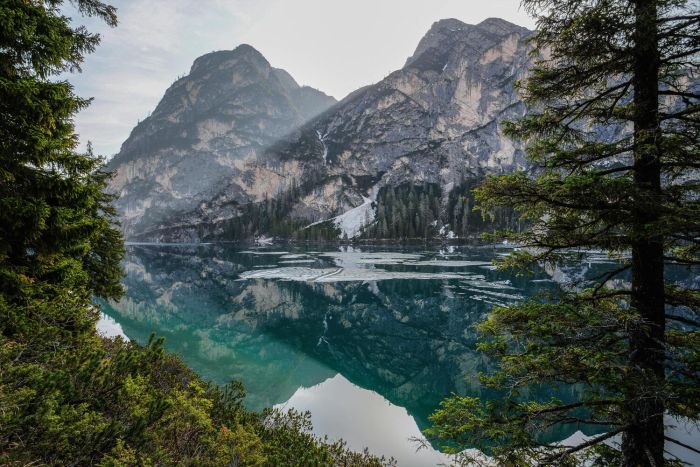Fascinating Facts About the Trevi Fountain
The Trevi Fountain stands as Rome's crowning aquatic masterpiece, captivating millions of visitors each year with its baroque grandeur and mystical allure.
What many don't realize is that this magnificent monument uses an astonishing volume of water - over 2 million cubic feet daily - creating the mesmerizing cascade that has become synonymous with Roman dreams and wishes. Yet behind its theatrical facade lies an ingenious system of water recycling, ensuring that not a single drop is wasted while maintaining the fountain's spectacular display.
This perfect blend of artistry and engineering makes the Trevi not just a monument, but a testament to Rome's timeless ability to merge beauty with practicality.
One of our expert Avventure Bellissime Rome tour guides has put together the best Trevi Fountain facts, which includes all you need to know about the Fontana di Trevi:
Trevi Fountain History: The Fontana Di Trevi Uses Over 2 million Cubic Feet of Water Every Day
The Trevi Fountain is a large structure – standing at 85 feet high by 65 feet wide. It has an intricate design, with water pumping out of many orifices. It also has a large pool at the front. So, as a result, it pumps 2, 824, 800 cubic feet of water through its system on a daily basis. This is one of the facts about the Trevi Fountain that earns the most surprise. However, the water is recycled and the same water is used over and over again so it doesn’t waste a drop.
When Was Fontana di Trevi Built?
The Trevi Fountain was completed in 1762 after 30 years of construction. Work began in 1732 under architect Nicola Salvi and was finished by Giuseppe Pannini after Salvi's death.
Step back in time and discover the hidden stories of Rome's fountains with our Walking Tours of Rome, where history comes alive at every corner.
The Historical Purpose of Rome's Fountains
Italy’s fountains were originally built to show people where the fresh water was located.
In the 4th Century there was around 1,352 fountains in Rome. Each one marked a fresh water supply for the citizens of Rome – usually from a natural underground spring. The Romans built aqueducts to bring the fresh spring water to the people of Rome who would collect it for drinking, bathing and cooking. The original fountain on the current Trevi Fountain site was damaged during an invasion of Rome. The site later became home to the glorious Trevi Fountain.
The Coins of Trevi Fountain
An average €3,000 is thrown into the Trevi Fountain on a daily basis.
It is tradition to throw a coin over your shoulder into the fountain to ensure your return to Rome in the future. On an average day, around €3,000 can be thrown into the fountain by visitors. The money is cleared from the fountain each evening and put towards an incredibly good cause. Cash is loaded onto cards that can be used in supermarkets and they are given to the city’s most vulnerable residents to help them buy food. This is one of our favourite Trevi Fountain facts.
Fontana di Trevi Meaning: Where Three Roads Meet
Fontana Di Trevi means "three street fountain".
This is because the fountain sits where three streets meet. It also sits at the end of thee Aqua Virgo – an aqueduct that was constructed in 19BC and was one of Rome’s earliest.







